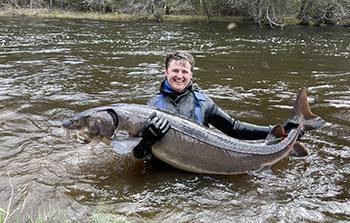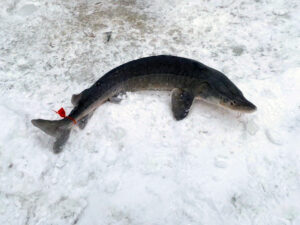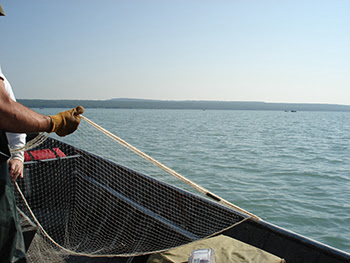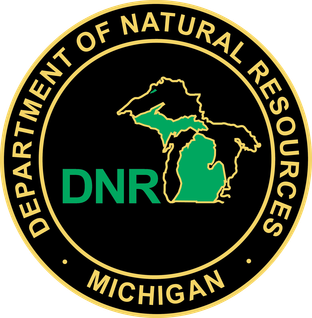Lake Sturgeon Management Plan for Michigan’s Black Lake

A collective effort among agencies dedicated to the restoration of lake sturgeon populations in Michigan has produced a management plan for the species in Black Lake (Cheboygan County).
Biologists from the Michigan Department of Natural Resources, the Bay Mills Indian Community, the Grand Traverse Band of Ottawa and Chippewa Indians, the Little River Band of Ottawa Indians, the Little Traverse Bay Band of Odawa Indians and the Sault Ste. Marie Tribe of Chippewa Indians worked together to write the plan that will guide management efforts to ensure the lake sturgeon population in Black Lake will thrive well into the future.
The plan outlines objectives to achieve the goal of attaining a population of naturally produced lake sturgeon capable of producing a sustained fishery.
“The level of collaboration between the biologists of the tribes and the DNR was incredible,” said Dave Borgeson, DNR unit supervisor for the Black Lake watershed. “The commitment of all the writers of the plan to lake sturgeon rehabilitation was evident, and made this group a joy to work with.”
The Black Lake document is the first of a series of lake sturgeon management plans the DNR hopes to complete for priority waters across the state. The plan is based on goals and objectives identified in the DNR’s Lake Sturgeon Rehabilitation Strategy. Prior to drafting the plan, tribal and state biologists sought input from their respective constituents to make sure the plan would contain all essential components important to the growing number of people who are interested in this iconic native species.
Rehabilitation efforts in the Black Lake system have been ongoing since a survey in 1997 indicated a decline in the lake sturgeon population relative to the mid-1970s. These efforts have been successful in large part because of the assistance provided by the Black Lake Chapter of Sturgeon for Tomorrow and Tower-Kleber Limited Partnership who, in coordination with the DNR, built a streamside rearing facility to bolster the population until sufficient natural reproduction occurs. The facility also provides Michigan State University researchers a venue to conduct groundbreaking research that is helping managers better understand the factors currently limiting the population and identify strategies to address them.
“Now that we have a mutual framework we can all draw from, the hard work of implementing the plan’s ultimate goal begins,” said Brett Fessell, the Restoration Section leader for the Grand Traverse Band of Ottawa and Chippewa Indians. “A goal that very likely none of the authors may witness – but that we now have confidence will materialize in form and function – is a naturally self-sustaining lake sturgeon fishery for many generations to come.”
For more information on lake sturgeon in Michigan, visit Michigan.gov/sturgeon.






